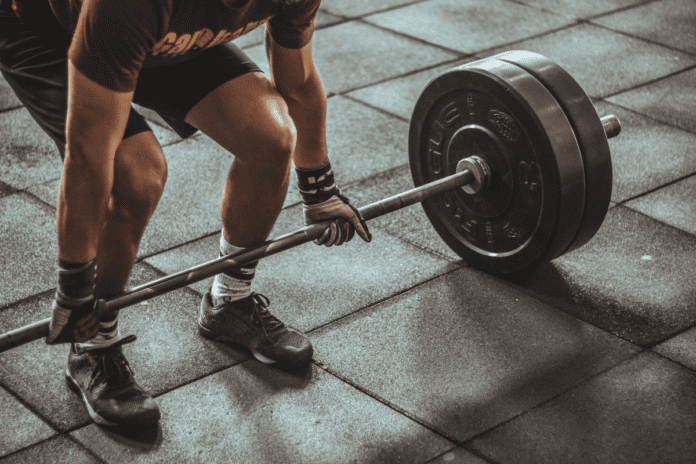Understanding the Foundations of Powerlifting
Powerlifting revolves around three fundamental movements: the squat, bench press, and deadlift. These lifts form the backbone of strength training, demanding precision, control, and technique refinement. Mastering these exercises is essential for building raw strength and improving overall performance. If you’re just starting out, learning the correct mechanics from the outset will set the stage for long-term progress. Whether you train at a commercial gym or build a home setup, finding the right equipment is key—many lifters choose to buy barbells that suit their individual grip preferences and lifting styles.
Mastering the Squat
Squatting is more than just bending at the knees. This full-body exercise engages the legs, core, and back, making it a critical component of powerlifting success.
Setting Up for Success
Begin by positioning yourself under the barbell, ensuring it rests comfortably on the upper back or lower traps. A stable stance, with feet roughly shoulder-width apart, provides a solid foundation. Tightening the core and maintaining an upright posture prevents unnecessary strain on the lower back.
Movement Execution
Initiate the descent by pushing the hips backward while simultaneously bending the knees. Maintaining an even weight distribution across the feet helps with stability. The goal is to lower the body until the hip crease dips below the knee line. Rising back to the starting position requires driving through the heels while keeping the torso engaged.
Common Mistakes to Avoid
- Letting the knees collapse inward
- Rounding the lower back at the bottom
- Rising with the hips before the chest
Perfecting the Bench Press
Upper-body strength plays a crucial role in powerlifting, and the bench press is the primary lift for developing pressing power.
Proper Setup
Lie back on the bench, ensuring the eyes are positioned directly beneath the bar. A well-placed grip—typically slightly wider than shoulder-width—enhances leverage and stability. Driving the feet into the ground and engaging the upper back creates a firm base before unracking the bar.
Controlled Descent and Explosive Press
Lowering the bar should be a controlled motion, allowing it to reach the sternum without bouncing. Keeping the elbows at a moderate angle—rather than flaring them excessively—reduces shoulder strain. Once the bar touches the chest, press upward forcefully while maintaining tightness throughout the body.
Key Pitfalls
- Lifting the feet off the ground
- Failing to maintain a tight grip
- Pressing unevenly, leading to instability
Building Strength with the Deadlift
The deadlift stands out as the ultimate test of full-body power. Unlike the squat and bench press, this lift starts from the floor, demanding a strong initial pull.
Optimal Positioning
Before gripping the bar, ensure that the feet are hip-width apart. A firm hand placement—either double-overhand or mixed grip—provides a secure hold. Keeping the chest up and the spine neutral sets the stage for a safe and efficient lift.
Executing the Lift
Driving through the legs while keeping the bar close to the body minimizes energy loss. Engaging the glutes and hamstrings helps complete the movement without excessive back strain. Standing tall at the lockout ensures full range of motion without unnecessary hyperextension.
Errors to Watch Out For
- Jerking the bar off the floor instead of building tension
- Allowing the lower back to round under heavy loads
- Leaning too far back at lockout
Structuring a Powerlifting Routine
To build strength effectively, incorporating a well-balanced training program is crucial. Alternating heavy sessions with lighter, technique-focused workouts allows for continued improvement while minimizing injury risk.
Accessory Exercises for Better Performance
While the big three dominate powerlifting, supplemental movements target weak points and refine execution. Incorporating lunges, Romanian deadlifts, overhead presses, and pull-ups enhances muscular balance and prevents stagnation.
Progressing Safely and Efficiently
Focusing on proper form rather than chasing heavier numbers too soon prevents unnecessary setbacks. Tracking progress through training logs and periodic technique assessments ensures steady development over time.
By committing to consistent practice, refining movement patterns, and prioritizing recovery, lifters at any level can achieve significant strength gains while minimizing risk.






